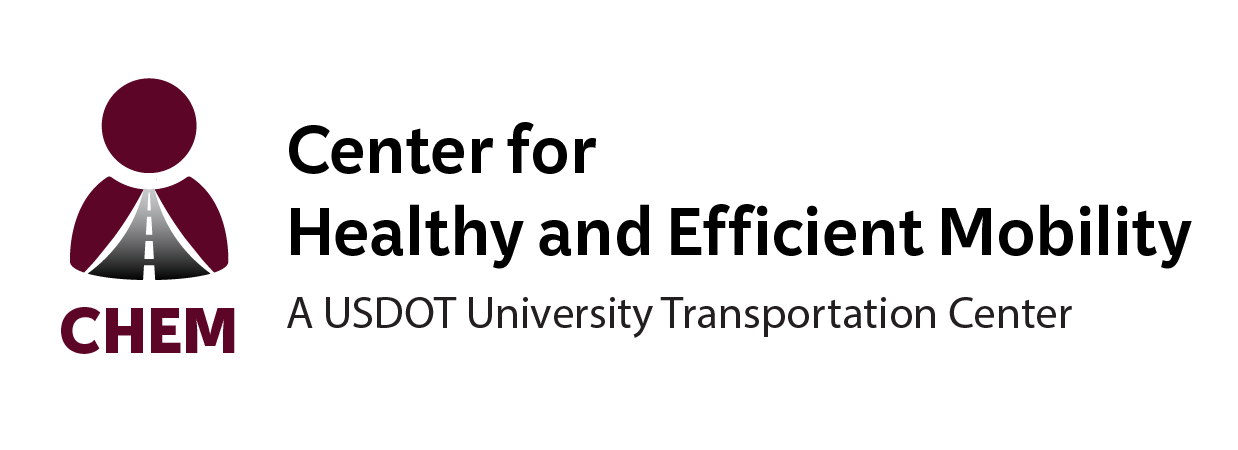Estimation Technique
The FREEVAL-RL algorithm uses a number of factors to estimate the travel time reliability. These include:
– The number of lanes on the road
– The average speed on the road
– The standard deviation of speeds on the road
– The length of the road
– The traffic volume on the road
Based on these factors, the algorithm calculates an expected travel time and a reliability index. The expected travel time is simply the average speed multiplied by the length of the road. The reliability index is a measure of how close the actual travel times are to the expected travel time; a higher reliability index indicates that the travel times are more reliable.
In addition to these factors, FREEVAL-RL also takes into account the type of road (highway, urban, etc.), the time of day, and the day of the week. These factors can all affect travel time reliability.
– The number of lanes on the road
– The average speed on the road
– The standard deviation of speeds on the road
– The length of the road
– The traffic volume on the road
Based on these factors, the algorithm calculates an expected travel time and a reliability index. The expected travel time is simply the average speed multiplied by the length of the road. The reliability index is a measure of how close the actual travel times are to the expected travel time; a higher reliability index indicates that the travel times are more reliable.
In addition to these factors, FREEVAL-RL also takes into account the type of road (highway, urban, etc.), the time of day, and the day of the week. These factors can all affect travel time reliability.
